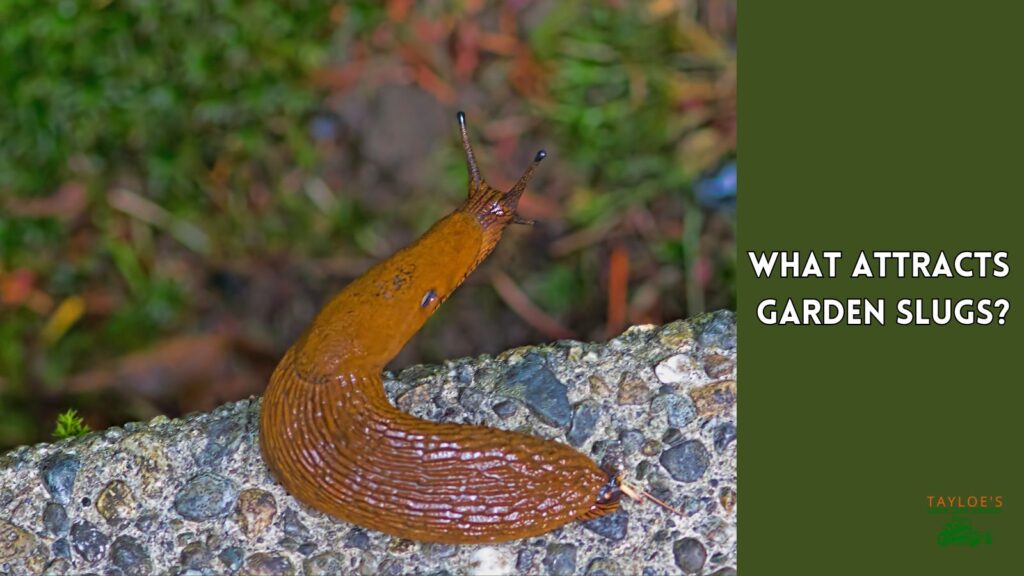Last Updated on: 4th March 2024, 05:55 am
Cabbages for the cold-season garden.
Cabbage (Brassica oleracea), a cool-season vegetable, is an herbaceous biennial vegetable in the Brassicaceae family. Many home growers make space to add this edible head to their gardens.
Many perceive it as a leafy green vegetable with a densely packed head. But this nutrient-dense vegetable has over four hundred cultivars that vary in shape, color, and size.
Even so, only a few types find their way into the produce section of most American grocery stores. These include the Savoy, Green, Napa, and Red (or Purple) cabbage varieties.
Generally, cabbage growing is a reasonably simple process, considering the crop’s robust nature and ability to thrive in almost any soil type. It just isn’t too fussy! Before we get to the details of how to grow this gardener’s favorite, here are the answers to some commonly asked questions about this humble vegetable.
Frequently Asked Questions About Cabbage Growing
Cabbage is a relatively easy-to-grow and care-for crop under the right conditions—that is, cool temperatures, plenty of water, rich soil, and adequate fertilization. The plant is a ‘magnet’ for numerous garden pests and diseases. So, be on the lookout and take prompt action.
You can grow this leafy vegetable in spring and harvest before the summer heat or start the crop in mid-late summer and harvest in the cool days of fall, winter, or early spring. Consult your local ag extension office to learn about your local growing zone to receive area-specific guidance.
Yes. Ideally, cabbage is one of those crops with an extended planting season, meaning you get to choose what time works best for you. The months indicated below are guidelines for moderate-growing zones. Of course, you must always check for your local growing conditions before planting anything.
For summer harvest: plant from late February (or early March) to early May—under greenhouse trays or a similar cover—then transplant in May/June.
Winter harvest: plant in April/May, then transplant in late June or July.
Spring harvest: plant in July/August, then transplant in September or October.
Depending on the variety, cabbages take sixty to a hundred days to mature. Most green varieties will take about seventy days.
Yes. These plants thrive in full sun with at least six hours of direct sunlight a day.
As much as they appreciate full sun, cabbages can tolerate partial shade, especially if you give them some mid-afternoon relief from the sunshine.
Water your cabbages regularly to keep the soil consistently moist but never soggy. An inch of water a week should suffice—or even more, as needed—in the case of very fast-draining earth.
As mentioned earlier, cabbage is a reasonably easy vegetable, provided you get the crop’s moisture needs right.
How to Grow Cabbage
Plant cabbage outdoors a few weeks before the last spring frost provided the soil is workable. Alternatively, you may start the seeds indoors six to eight weeks before your area’s projected final spring frost date.
Plant transplants or sow the seeds directly into the garden during the late summer for a fall harvest once the hottest weather is gone.
Preparing the Planting Site
- Choose a sunny spot with well-draining soil, because soggy conditions may easily lead to head split or rot.
- Consider working in aged manure or composting the soil to help quench the crop’s heavy nutrient appetite.
- If possible, avoid growing cabbage next to other Brassica species (like broccoli) to reduce the chances of common disease transmission.
- Plant the seeds approximately ¼ inch deep, thinning the seedlings to about one to two feet apart.
- Keep in mind that the more growing space you accord the plants, the larger the heads they’ll produce–check the seed package for spacing recommendations.
- For transplants, be sure to harden them off for a week or two, depending on your area’s temperatures and conditions. Frost can damage the outer foliage, although it will not generally kill the plant. So, to be safe, many gardeners cover their heads with burlap if unexpectedly cold conditions develop.
How to Care for Cabbages
In addition to full sun and rich, well-draining soil, be sure to irrigate the plants adequately, provide the right temperature and humidity (whenever possible), and fertilize.
- Water: Cabbage plants need adequate water to produce firm heads with high-quality leaves.
- A good rule of thumb is one to two inches of water per square foot in a week.
- Fertilizer: Cabbages are heavy feeders. Fertilize with a balanced (10-10-10) organic vegetable fertilizer two weeks after transplanting. The crop craves nitrogen in the early growth stages; therefore, consider adding a nitrogen-rich fertilizer three weeks later.
- Temperature and Humidity: Cabbage grows optimally at soil temperatures between 60-65°F. Anything below 45° F can easily trigger bolting or otherwise cause the plants to form loose heads. Offer protection in unexpected cold weather. The cold will not kill most varieties. However, it does cause “frostbite” on the outer leaves.
- Mulch: Apply a layer of compost or mulch around the crop to help with moisture retention and soil temperature regulation.
- Pruning: Cabbage doesn’t necessarily require pruning; however, you can remove the outer damaged leaves or those dragging on the ground to minimize the potential spread of pests and diseases.
- Overwintering: Though a biennial, cabbage is commonly grown as an annual, which means it won’t require overwintering unless there is looming cold weather before harvesting time. In that case, consider covering the crops with row covers.
- Harvesting: Harvest the crop once the head reaches the desired size and is firm. You can pull out the entire plant or cut the head at the base using a very sharp knife. Avoid leaving mature heads on the stems for too long, as it may lead to splitting.
- Storage: Lightly wrap your cabbage and store it in the refrigerator. It should keep well for two weeks. Just ensure it’s scorched before storing it. Extend the shelf life to up to three months by holding it in the correct root cellar conditions. You can also pickle or dehydrate it for later use.
Re-growing Cabbage from Scraps
It’s simple!
- Place the leftover from your cabbage head in a shallow bowl of water. You must include a bit of the stem to see success. So grab an inner or bottom leaf where you can carve out a nice slice of the core.
- Locate the bowl in bright, indirect light, making sure to replenish it with fresh water every few days.
- Once the roots and new leaves emerge (usually in three to seven days), go ahead and plant the rooting bottom or leave it in the container.
- Continue to change the water and harvest as needed.
You will not regrow an entire head; however, you will have edible leaves.
Popular Cabbage Varieties
- Drumhead: The drumhead cabbage has large blue-green heads with mild-flavored leaves.
- January King: The cold-tolerant January King variety is a frost-hardy curly-leafed purple and green cabbage.
- Early Jersey Wakefield: You’ll produce two to three-pound split-resistant heads if you choose the Early Jersey Wakefield cabbage.
- Murdoc: Murdoc has a pointed head with tender sweet leaves.
- Blue Vantage: Want a pest-resistant type? Blue Vantage has large, dense, short-cored heads; it’s disease-resistant and tolerant of excess moisture.
- Gonzales: The Gonzales cabbage produces softball-sized heads, suitable for small gardens.
- Red Cabbage and Chinese Cabbage: Growing in the late season? If growing for a fall harvest, try the Chinese or red cabbage.
Pests and Diseases
Cabbage is susceptible to pests and diseases, including aphids, cabbage worms, slugs or snails, downy mildew, clubroot, black rot, and white mold. Unfortunately, little can be done once affected, especially when the pests find their way to the crop and create holes.
Practicing crop rotation, avoiding overhead irrigation, and ensuring proper spacing to allow adequate ventilation to prevent such problems. Most importantly, consider growing disease-resistant varieties.
The Takeaway: Cabbage Comes in Many Easy-growing Varieties
Here are the three key takeaways regarding cabbage:
- Cabbage is a late-season and early-season favorite that even beginner gardeners find tempting to include in their gardening plan.
- It’s a powerhouse of minerals, vitamins, and antioxidants—all working harmoniously to keep the body in perfect balance.
- Though the growing and care process may be daunting, it’s a rewarding project! Give it a try today, and enjoy fresh cabbage throughout the season!
Love to read garden, lawn care and landscaping content? Then please be sure to follow Tayloe’s Lawn Care Services on Facebook – we post ideas regularly. Need to reach us for lawn care help? Call or text us at 252.287.3376.
Author Profile

- Maureen Abuor
- Maureen Abuor is a professional content marketing strategist and SEO strategist, with particular knowlege of creating landscaping and gardening content that informs and delights her audience. When she's not working, she's a busy mother of three precious little ones and child of God.
Latest entries
 Lawn CareApril 29, 2025Best shady area grass seed for Eastern NC
Lawn CareApril 29, 2025Best shady area grass seed for Eastern NC GardeningApril 15, 2025How do I make organic soil for the garden?
GardeningApril 15, 2025How do I make organic soil for the garden? Flower GardenMarch 7, 2025What are wave petunias?
Flower GardenMarch 7, 2025What are wave petunias? Flower GardenMarch 3, 202520 Full-sun annuals for your spring and summer garden
Flower GardenMarch 3, 202520 Full-sun annuals for your spring and summer garden








